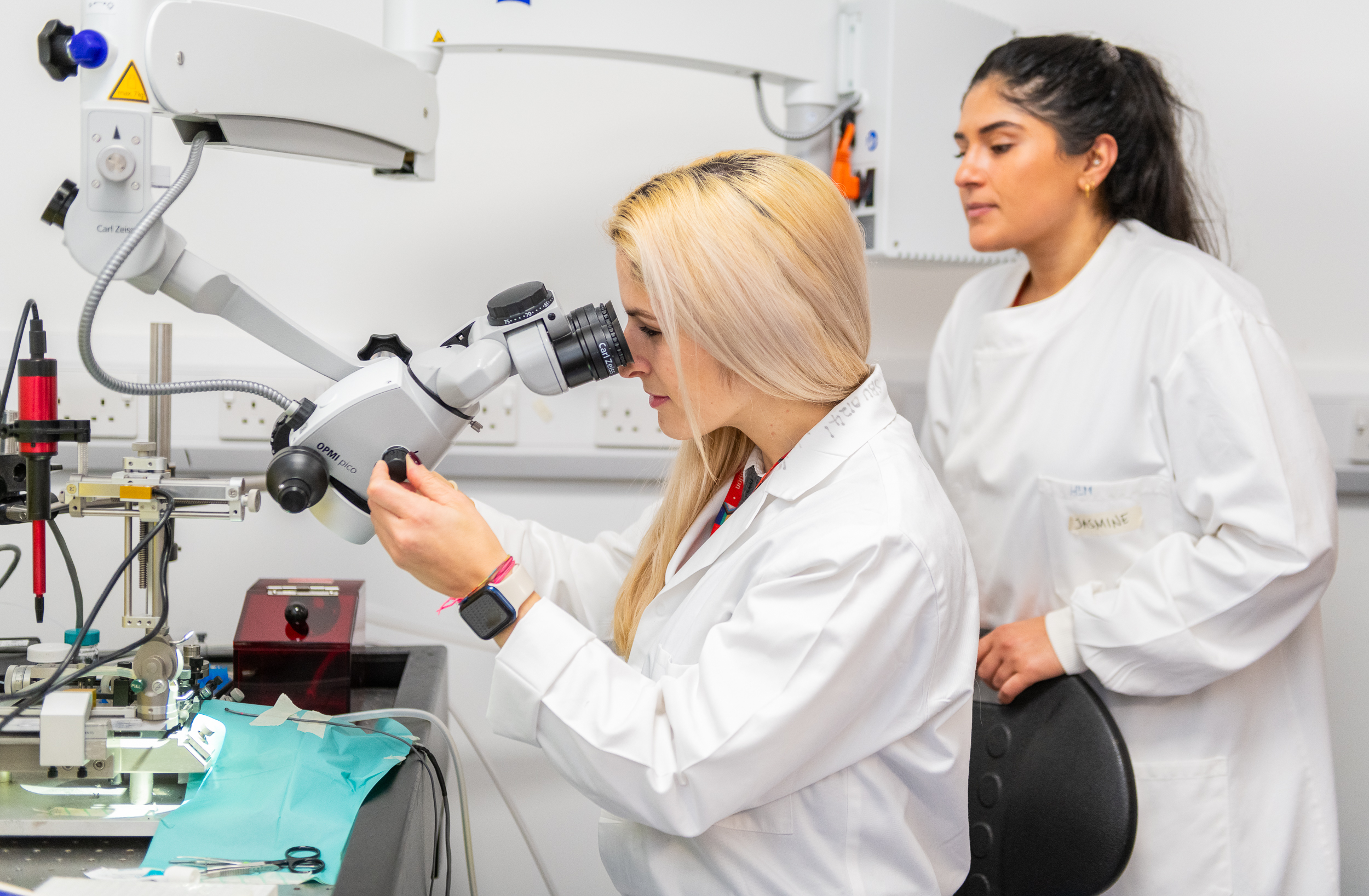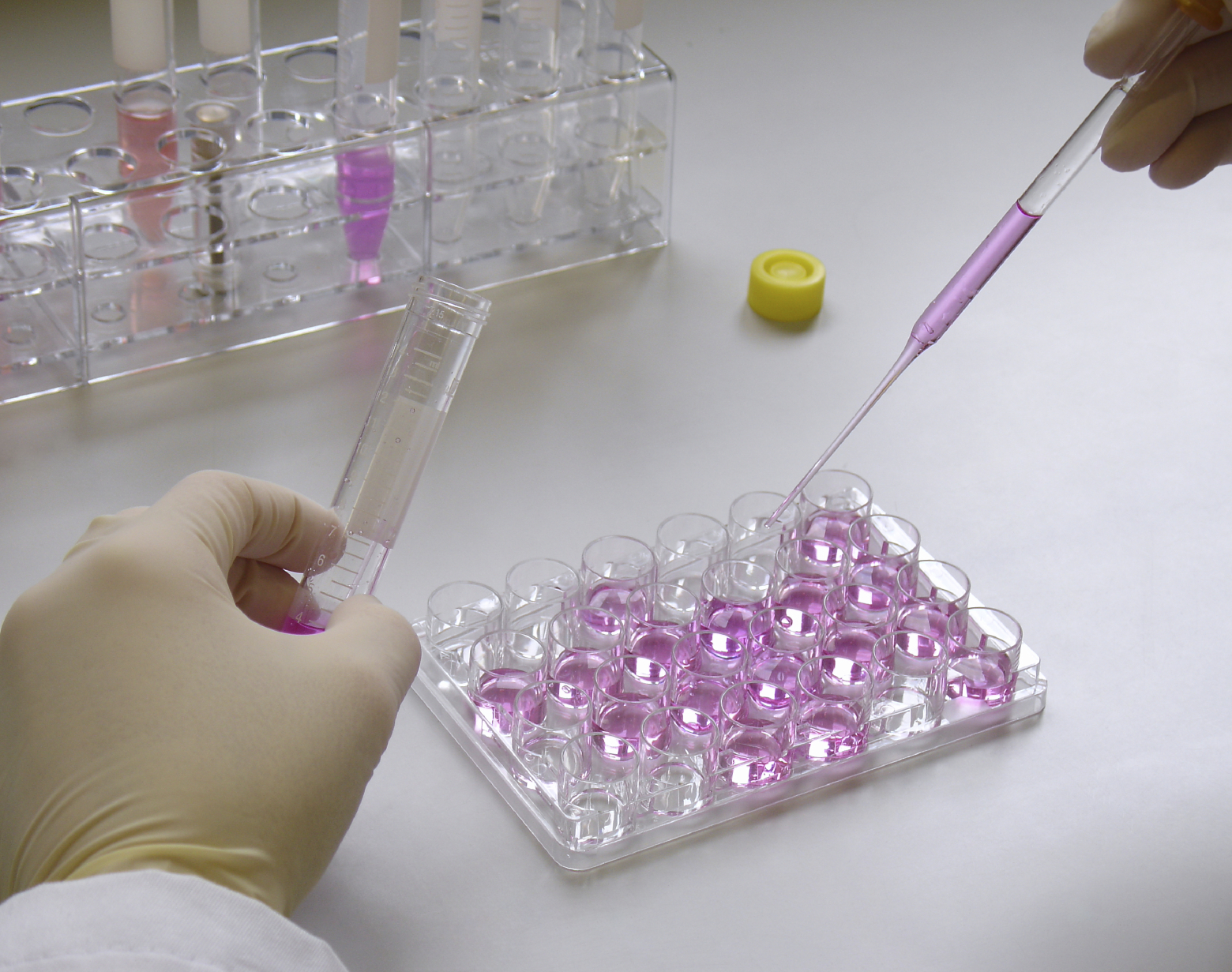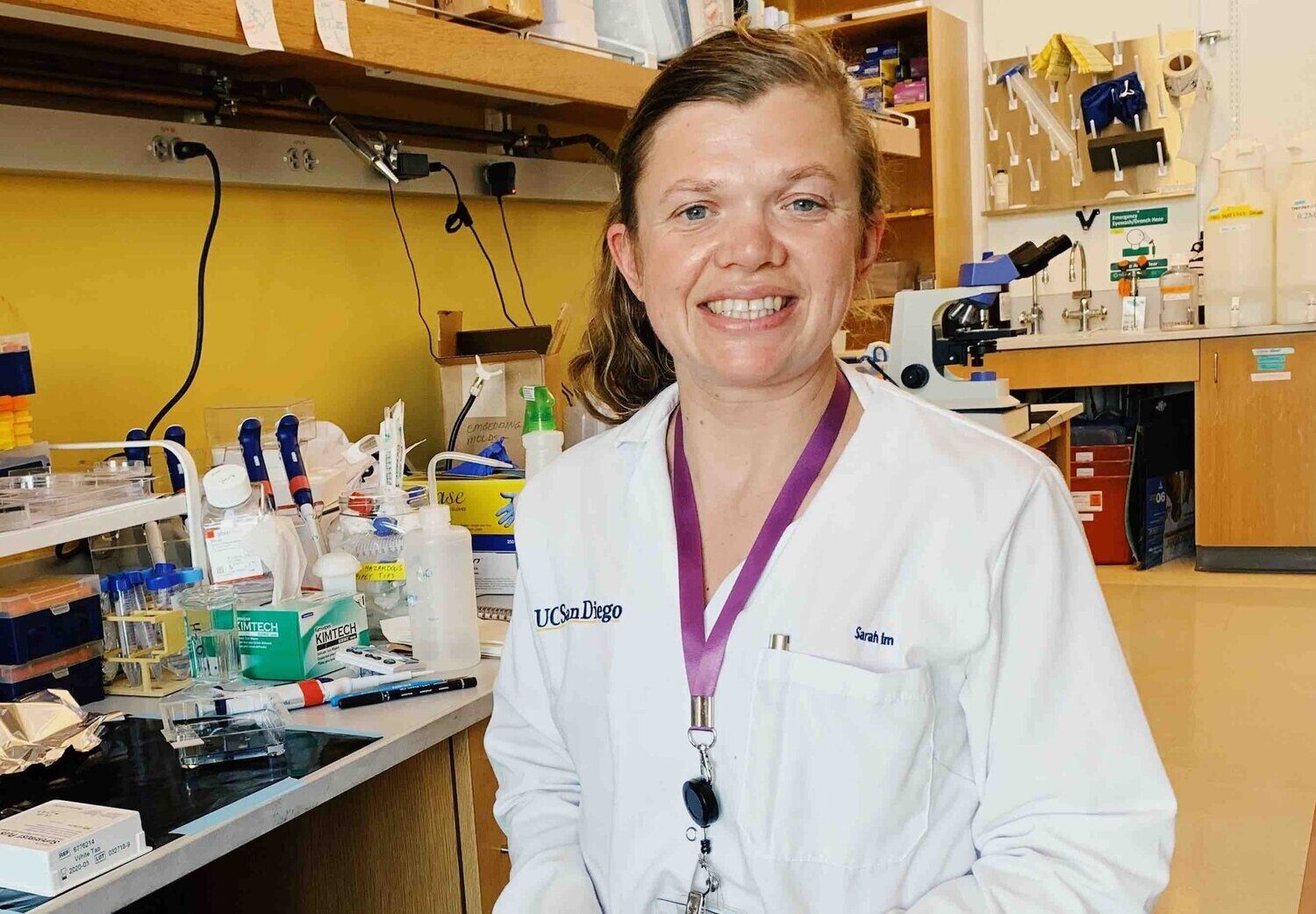Understanding Plasticity
Plasticity and why it’s important
One of the key themes underlying multiple treatment types to encourage regrowth and repair in the spinal cord is plasticity. Plasticity is the ability of neurons (nerve cells) to form new synapses (connections with other neurons) following stimulation. These new connections reinforce or rewire circuits in the nervous system, changing its activity, e.g. by developing memories, movement patterns or good and bad habits.
As such, plasticity occurs naturally in our everyday lives as our bodies and brains respond to different stimuli. A classic example of plasticity is that of London taxi drivers who develop larger hippocampi (part of the brain associated with memory) due to memorising a great number of driving routes.
Plasticity following spinal cord injury (SCI)
After SCI, many axons of neurons that control the body are damaged. While some plasticity occurs, it is limited by the body’s own response to the injury.
For example, substances and molecules released around the injured nerve fibres inhibit regrowth, and inflammation around the injury site further complicates repair.
Plasticity that naturally occurs can be undirected, and in some cases, result in spasticity, pain or dysreflexia (an overreaction of the involuntary nervous system to stimulation).
Plasticity research for SCI
Multiple approaches can be used to induce plasticity after SCI. Special enzymes like Chondroitinase ABC target inhibitory molecules and increases plasticity in the spinal cord.
Stem cell grafts that release growth factors can enhance plasticity of damaged neurons to strengthen existing or form new synaptic connections.
Electrical stimulation is another approach, where devices ‘modulate’ or modify synapses using electrical impulses to create new functional circuits.
The role of Spinal Research
Over the years, we have funded projects that aim to enhance plasticity post-injury in a variety of ways. Our current research portfolio includes projects that are testing novel drugs, new rehabilitation techniques and state-of-the-art neuromodulation devices to enhance plasticity in the spinal cord.
Enhanced plasticity: Is it the cure?
Progress in research has given us a much better understanding of the biological mechanisms associated with plasticity and created exciting opportunities to enhance it to restore functions.
However, we need be wary that not all plasticity is good, and that plasticity without direction can result in disorganised and dysfunctional circuits – resulting in pain and spasticity.
Finally, enhancing plasticity on its own will not be sufficient to restore all lost functions. We will still need to regenerate damaged, replace lost and direct growing neurons to their appropriate targets through a combination of approaches. Fortunately for us, there are many labs working on these themes too.
You may also be interested in

Autonomic functions
There are a number of critical bodily functions which are controlled automatically via the spinal cord.
Our research
Our research is helping develop life changing treatments for paralysis.
